Aloe Plicatilis Care
bmdhistory
15 years ago
Featured Answer
Comments (16)
xerophyte NYC
15 years agobmdhistory
15 years agoRelated Professionals
Marina Landscape Architects & Landscape Designers · Haverhill Landscape Contractors · Salem Landscape Contractors · Whitehall Landscape Contractors · Palos Hills Landscape Contractors · Arkansas City General Contractors · Buena Park General Contractors · Jamestown General Contractors · Nampa General Contractors · Signal Hill General Contractors · Fairfax Carpenters · Ashburn Decks, Patios & Outdoor Enclosures · Detroit Decks, Patios & Outdoor Enclosures · Fort Mill Decks, Patios & Outdoor Enclosures · Verde Village Decks, Patios & Outdoor Enclosuresxerophyte NYC
15 years agocactusjordi
15 years agoxerophyte NYC
15 years agocactusjordi
15 years agoxerophyte NYC
15 years agobmdhistory
15 years agocaudex1
15 years agobmdhistory
15 years agodufflebag2002
15 years agoxerophyte NYC
15 years agostanofh 10a Hayward,Ca S.F. bay area
15 years agoxerophyte NYC
15 years agostanofh 10a Hayward,Ca S.F. bay area
15 years ago
Related Stories

GARDENING GUIDESGreat Design Plant: Fan Aloe
Fanning leaves offer a striking rosette alternative, but this plant has all the benefits of regular succulents and more
Full Story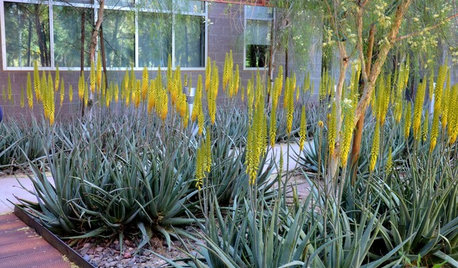
GARDENING GUIDESGreat Design Plant: Aloe Vera
Bright yellow flowering spikes decorate this popular aloe from late winter into spring, much to the delight of hummingbirds
Full Story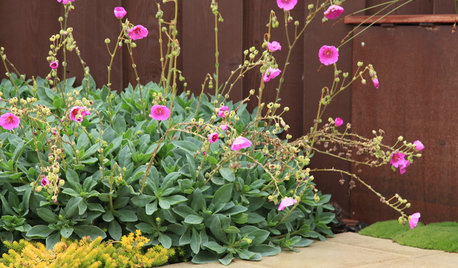
GROUND COVERS10 Succulents That Make Pretty, Easy-Care Ground Covers
These low-growing succulents create interest in the drought-tolerant garden
Full Story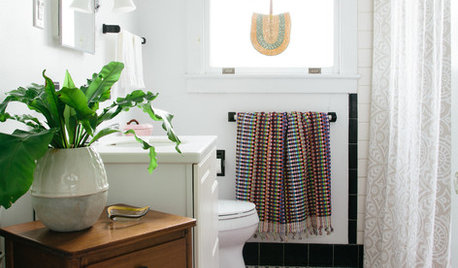
CONTAINER GARDENSFreshen Up the Bath With Lush and Healthy Plants
Learn how to choose and care for plants that will do well in your space
Full Story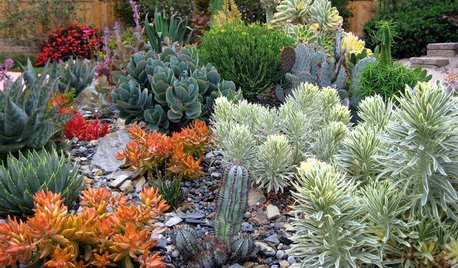
GARDENING GUIDESA Beginner’s Guide to Growing Succulents
Their easy-care reputation is well-deserved, but a little TLC will turn succulents into star plants
Full Story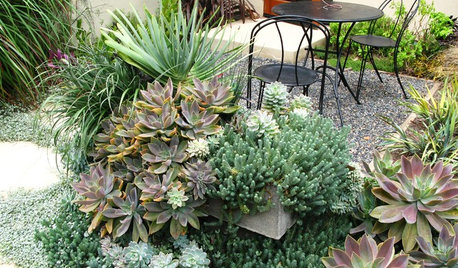
SUCCULENTSAmazingly Low-Maintenance Picks for Outdoor Planters
Turn to succulents, cacti and ornamental grasses to keep your summer watering and care to a minimum
Full Story
HOUSEKEEPINGGet It Done: Store Decorations and Tidy Up Postholidays
Move on to New Year's with a clear conscience, knowing you've recycled thoughtfully and packed carefully to make setup next year easy
Full Story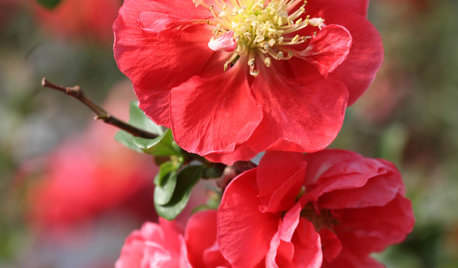
WINTER GARDENINGCalifornia Gardener's January Checklist
Winter-defying blooms and pruning saws earn a cheer, while California-focused gardening design books get a well-deserved shout-out
Full Story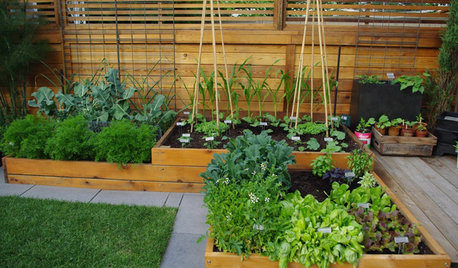
URBAN GARDENSExperiments Aplenty Fill Vancouver Edible Garden
Lush and brimming with test landscape plantings, a Canadian garden appeals to the eye and the palate
Full Story
HOUSEPLANTSMother-in-Law's Tongue: Surprisingly Easy to Please
This low-maintenance, high-impact houseplant fits in with any design and can clear the air, too
Full StoryMore Discussions






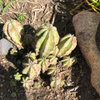

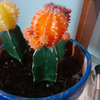
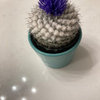
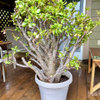
caudex1